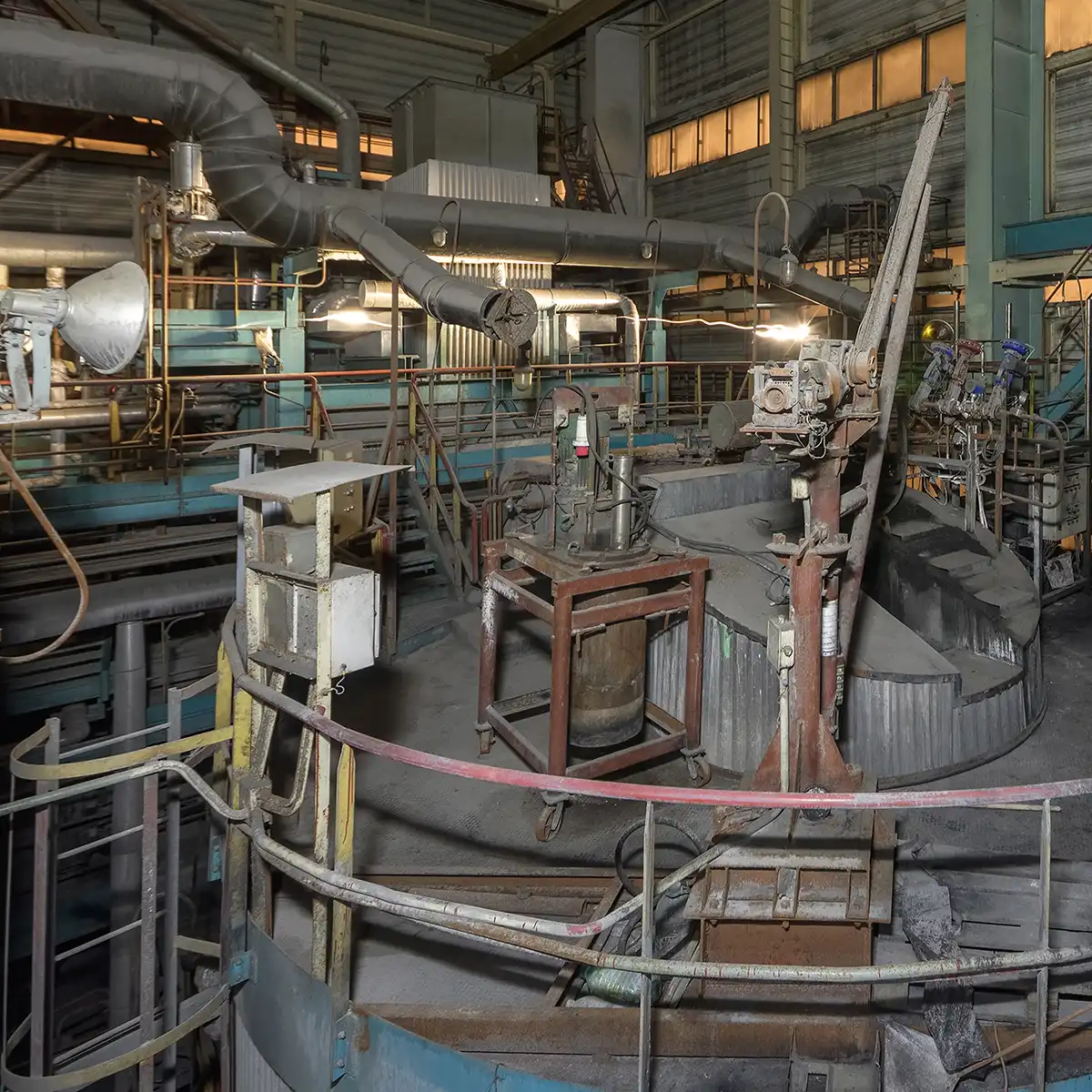Mastering Complexity
Systematizing Power Plant Development
Project Situation at the Beginning
A fast-growing engineering company with around 100 employees, specialized in design and construction of Waste-to-Energy power plants, had developed deep technical expertise, but its internal processes had not kept pace with its expansion.
Organizational changes were often reactive rather than planned. Responsibilities were unclear, overlapping work was common, and the managing director was increasingly overwhelmed with decisions.
The company needed a systematic approach to streamline development, reduce inefficiencies, and regain control over quality and execution.
Our Contribution
We began by establishing a Management Decision Board, which quickly became a respected body for decision-making. It immediately eased the burden on the managing director and was actively supported over several years.
Next, we mapped the entire project process from order intake to plant handover using collaborative whiteboard sessions with experts from all departments.
Key deliverables included:
-
Defining project phases and work packages for design, production, and construction
-
Identifying process gaps and redundant tasks, preventing costly mistakes
-
Creating a customized project management methodology tailored to power plant projects
-
Introducing practical tools focused on maximum impact with minimal complexity
-
Establishing a system for objective planning and performance tracking
-
Delivering a two-day training for all staff to ensure a shared knowledge base
-
Developing a company-specific project management handbook to ensure consistency
This work brought clarity and structure to parallel activities, from fuel handling to combustion systems, turbine integration, construction, and plant control.
Project Situation After Completion
-
The Management Decision Board became a core institution, allowing the CEO to delegate decisions with confidence
-
All projects now follow a standardized process for development, production, and construction
-
KPIs were introduced and integrated into a tailored reporting system
-
Roles and responsibilities are clearly documented, including external interfaces with suppliers and stakeholders
-
The Project Management Handbook became the go-to reference for staff and management
-
Company-wide training ensured both knowledge and broad acceptance of the new system
Client Voice
“Now we finally understand what we had previously done by instinct.”
“As a manager, I’m glad we now have a process, developed with Bernd Zech. That enables us to truly manage our projects.”
“Thanks to the training, everyone’s on the same page. The project management handbook has become an essential part of how we work.”


